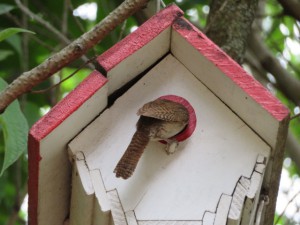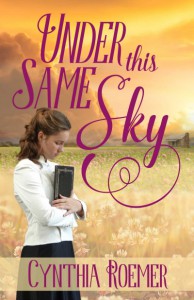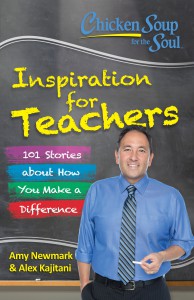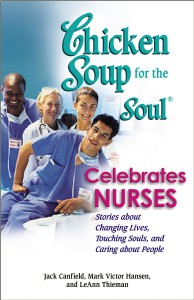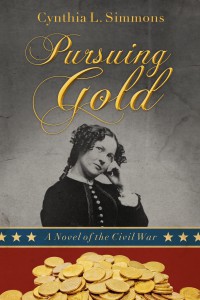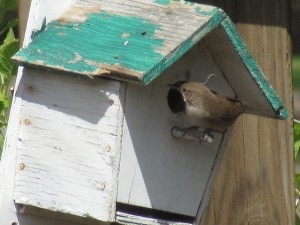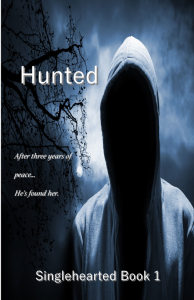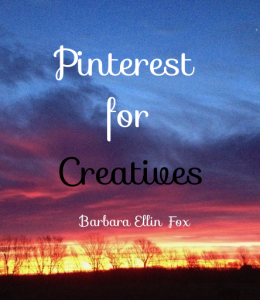
Welcome to Kansas author Barbara Fox, who is offering a commenter a ten-dollar Starbucks card.
I learned a lot here about using Pinterest here, and hope you will, too. Take it away, Barbara!
At first glance, Pinterest looks like an image rich sharing media limited in the use of words, so how can it be of value to a writer?
I live a double-sided writer’s life with my more recent side being inspirational romance. My other side helps riding instructors develop their teaching abilities. I use Pinterest for both venues with a mix of public and private boards. Starting with a private board, I can switch the setting to public once I’m ready to share with potential readers. Private boards are a safe place to develop my concept.
- Visuals to Build Your Characters and Their world.
The simplest writer’s use for a board is to collect visuals of people, places and things that represent the characters and settings for your wip. I start with a board devoted to my hero, Jason Hughes. Since his board is private, I can pin hundreds of images of Jason without appearing obsessive! To find my Jason, I entered his qualities into search bar at the top of the page and chose heart throb, Henry Cavill (Superman.) I’m careful to leave Henry’s name on his pictures and just add my character’s name for reference. Since charming Jason doesn’t always have his best foot forward I don’t just look for the gorgeous pictures of Henry Cavill. I search for mad or annoyed Henry, sweaty Henry, clean shaven and bearded Henry.
And Henry doesn’t always dress like my hero, either, so I add pictures of Jason’s style and continue to add more of his personal items, such as his home or horse, the vehicle he drives and anything else that represents him. This gives me the opportunity to see my character on a different level and helps me flesh out my scenes.
Next I add my character’s activities. Jason was in Special Forces and has to make a rescue, so I added night vision goggles, weapons, typical Army gear and possible harnesses he might use in the rescue. And Jason’s Myers Briggs personality test results are on his board, along with more about his personality type.
Collecting anything that shows me who Jason is makes him clearer in my mind and as he develops more fully I delete the pins that no longer fit his image. Sometimes, I’ll browse Jason’s board before writing a scene from his POV to help put myself in his place.
Each of my main characters gets their own private board. If I’m unable to find an exact representation for a character, I’ll use multiple people. I might get facial expression from one person and body language from another. I’ll also add their love interest and any other important people so I can see them together.
I love the quotes on Pinterest and will include one that suits my character. For instance my heroine, Rylie, rides horses. The quote I chose for her reads, “Beware I ride horses which means I own pitchforks, have the strength to haul hay, have the guts to scream a half ton animal after being kicked — YOU will not be a problem.”
- Visuals for Writing Description
Being able to stare at a picture and describe what you see is more effective than trying to write a picture from memory. Sometimes I study a picture, describe the facial expression and save it in a file. Later when I need beat ideas, I can access the collection I’ve written for my character. Or I might just write a description based on a pin as a warm-up before I start writing.
Writing from pins is also great for activity. For instance, one of my public boards is Great Kisses, Romance and Dance. If I’m writing a dance scene I’ll look through the pins I’ve collected to see where partners place their hands, how they hold one another, or how their head angles as they gaze into each other’s eyes. Hand-holding has its own expression, whether fingers are entwined just a little or deeply and desperately clasped. The pictures reveal more detail than does our foggy memory or imagination. I have private boards for facial expression, body language, and helps with beats.
- Making a Main Board for My Story.
When I’m ready, I move my favorite pictures representing each character and activity to a main board for my wip. When I want to share, I make the board public. Then I’ll use Facebook to attract readers to the Pinterest board where they are drawn into the story. It’s a great way to engage people and receive feedback and they will want to know when your story will be published. Beta readers will enjoy seeing the story from your perspective. Currently I use a working title so as not to interfere if I enter a contest.
There are so many good ways to use Pinterest and this post doesn’t scratch the surface. It would take a series to cover everything. I love Pinterest for its creative stimulus, but it’s also a terrific marketing tool. Pinterest claims 1.75 million active member users each month. In my personal experience, it is the number three portal for entry to my site for riding instructors. For a good post about using Pinterest to promote your book, check out DiAnn Mills’ article, The Power of Pinterest http://www.novelrocket.com/2017/06/the-power-of-pinterest.html
This Pinterest For Creatives post comes with a warning: Beware. Pinterest can hold your attention for hours. It’s easy to start out look at Henry Cavill’s handsome face and end up reading a recipe for gluten free pancakes or unstuffed cabbage rolls.
You can check out my Pinterest page at https://www.pinterest.com/barbaraellinfox/. Look for Rylie and Friends.
Tell us how you use Pinterest as a writer or a reader and we’ll put your name in the bucket for a $10 Starbucks card.
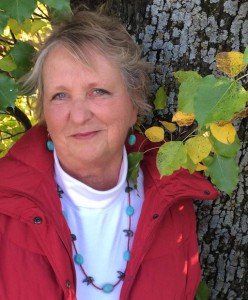 I write stories about love, hope, healing and horses through contemporary Christian romance. My lifetime experience teaching riders and training horses brings authenticity to my stories about horse lovers in love. My web site is devoted to helping riding instructors with lesson plans, ideas and encouragement for their teaching careers. I live in the Mid-West with an assortment of horses including, my American Mustang, Reno. You can visit me at TheRidingInstructor.net or on Facebook https://www.facebook.com/barbaraellinfox
I write stories about love, hope, healing and horses through contemporary Christian romance. My lifetime experience teaching riders and training horses brings authenticity to my stories about horse lovers in love. My web site is devoted to helping riding instructors with lesson plans, ideas and encouragement for their teaching careers. I live in the Mid-West with an assortment of horses including, my American Mustang, Reno. You can visit me at TheRidingInstructor.net or on Facebook https://www.facebook.com/barbaraellinfox






